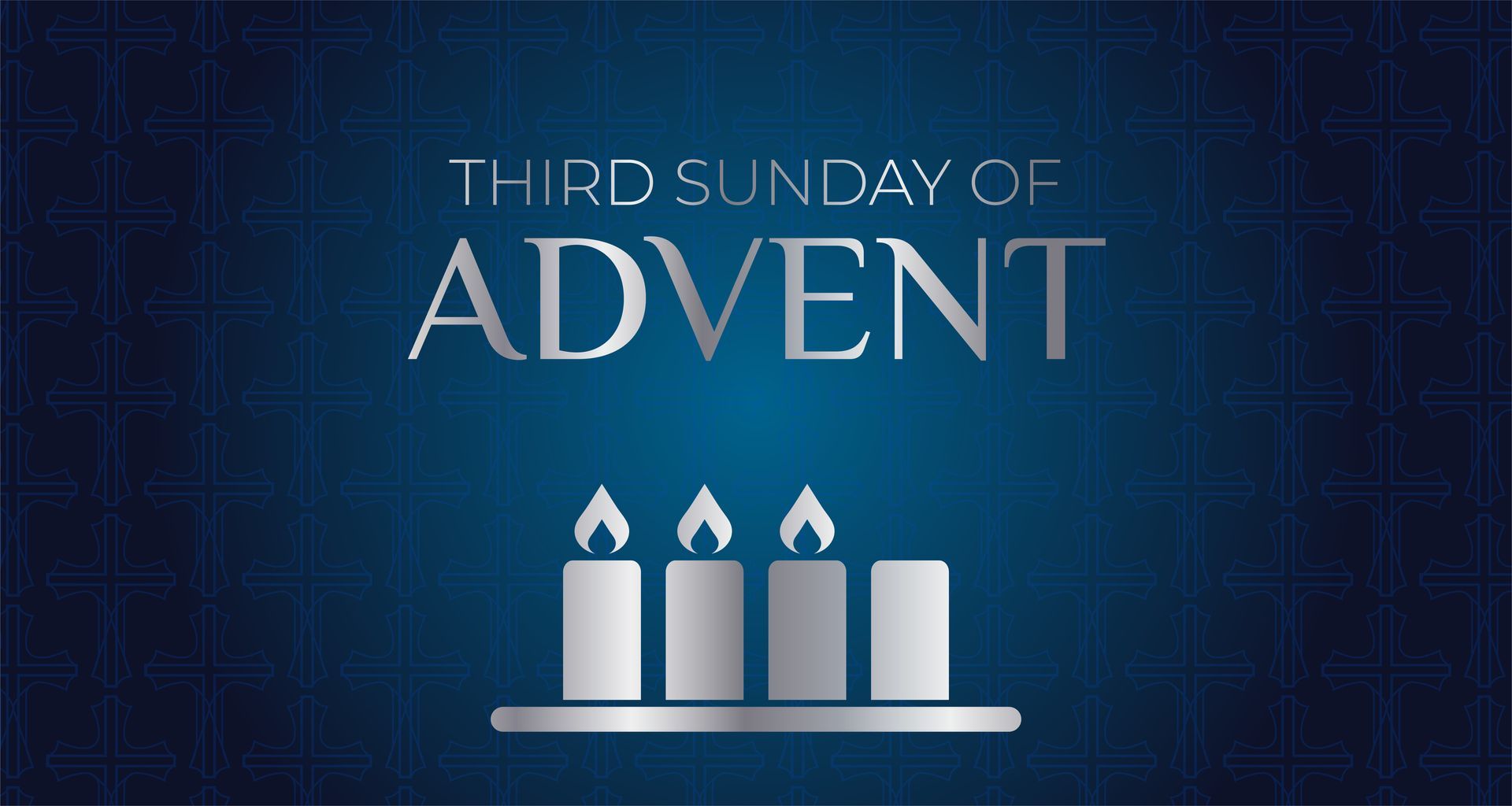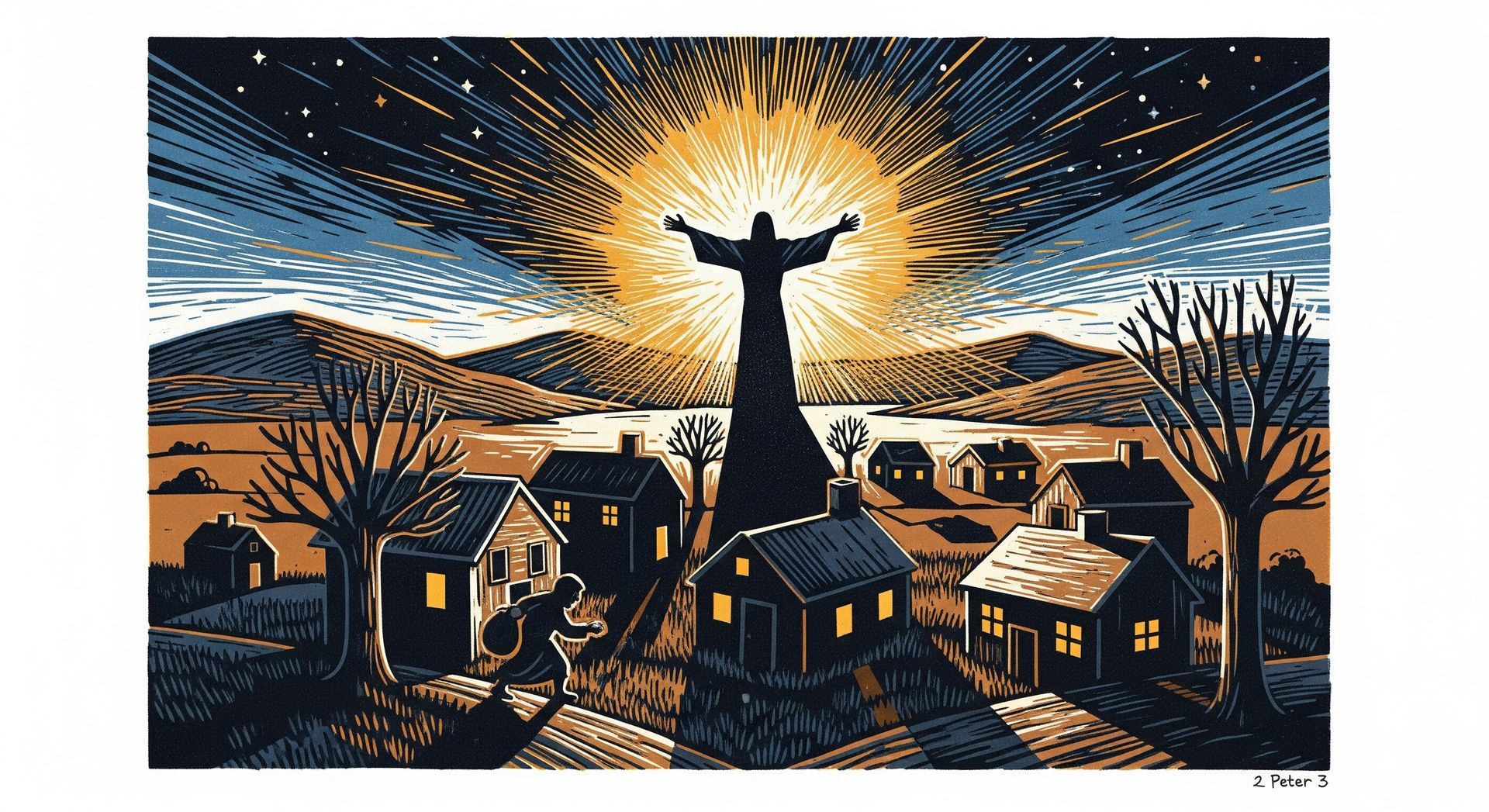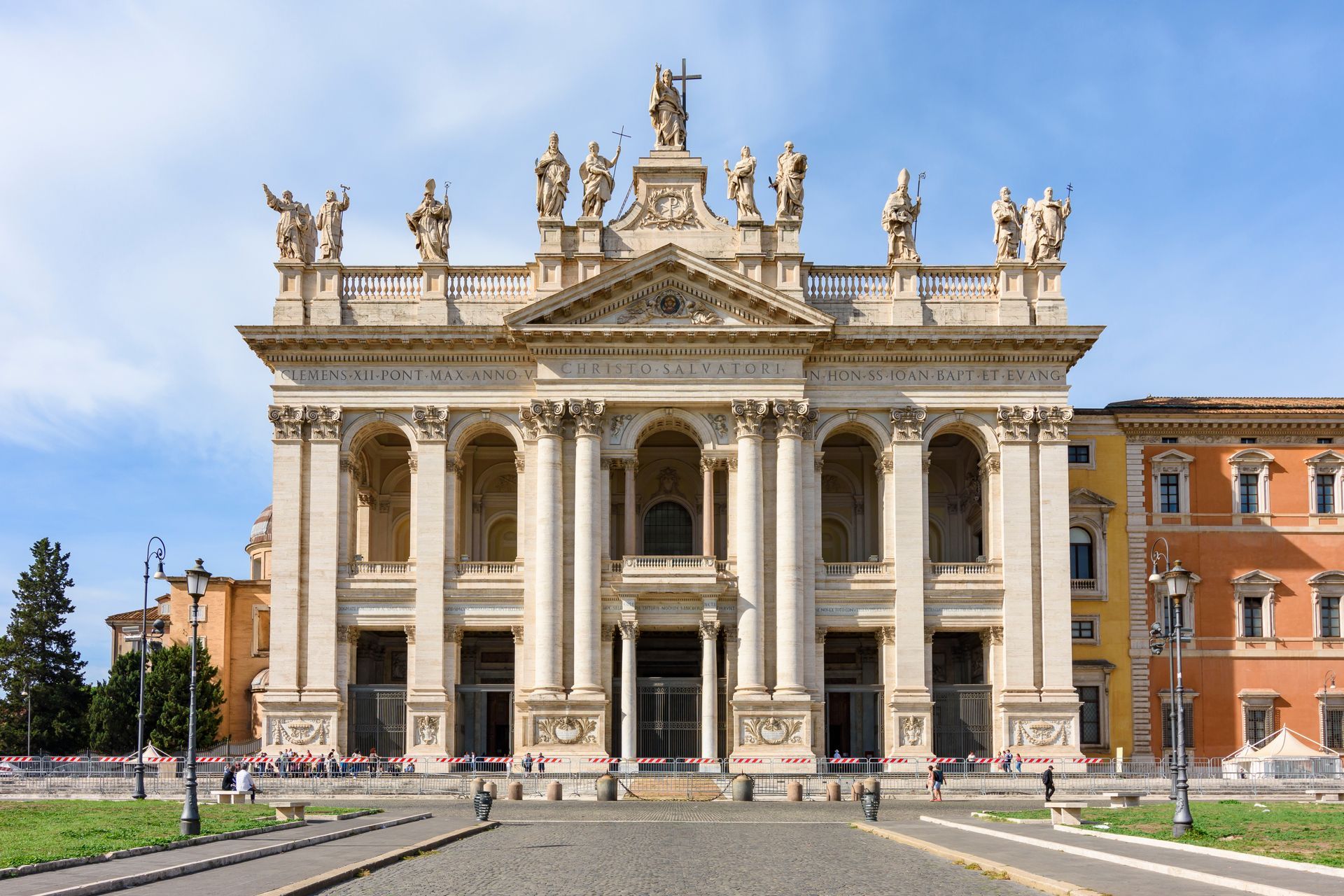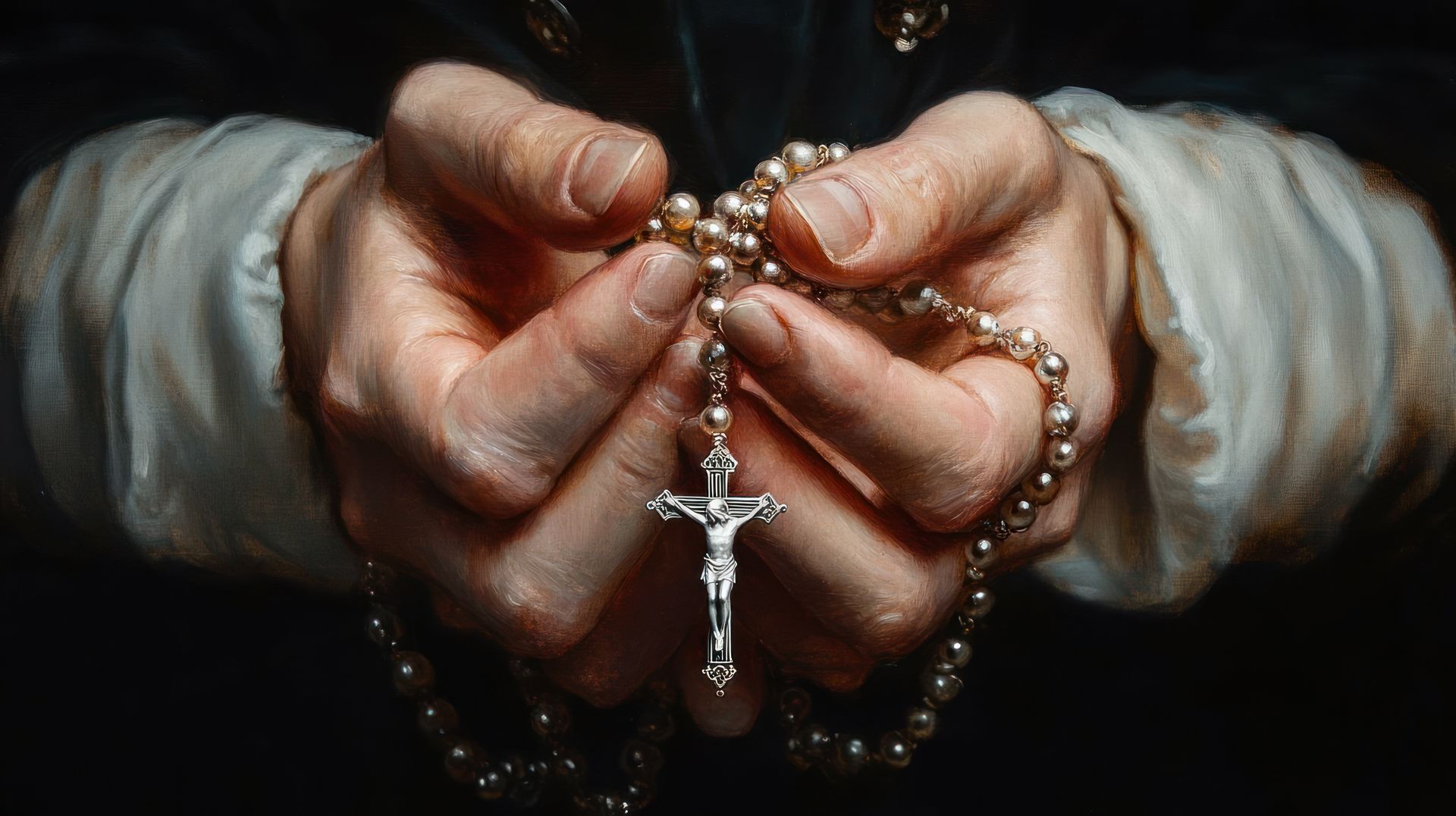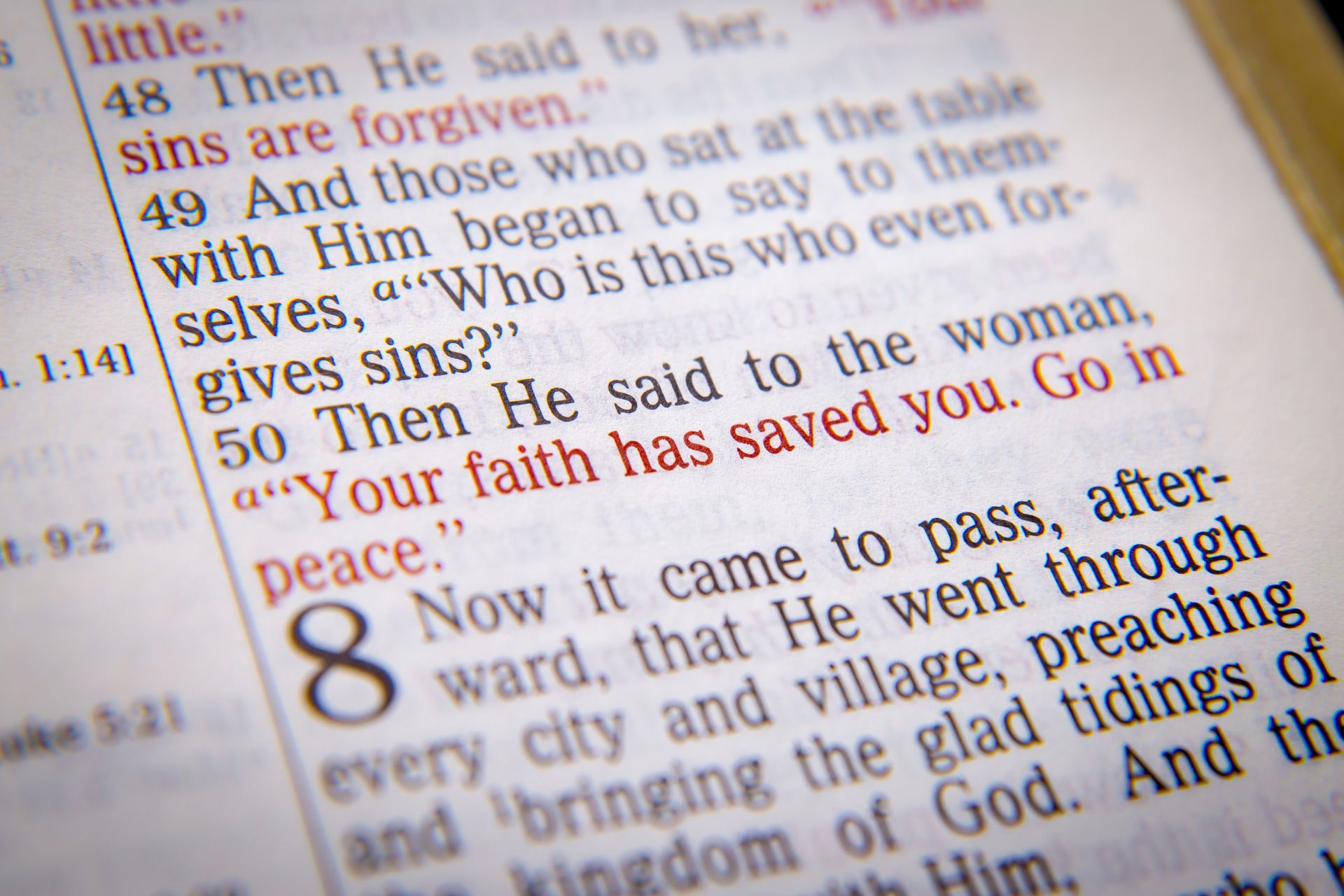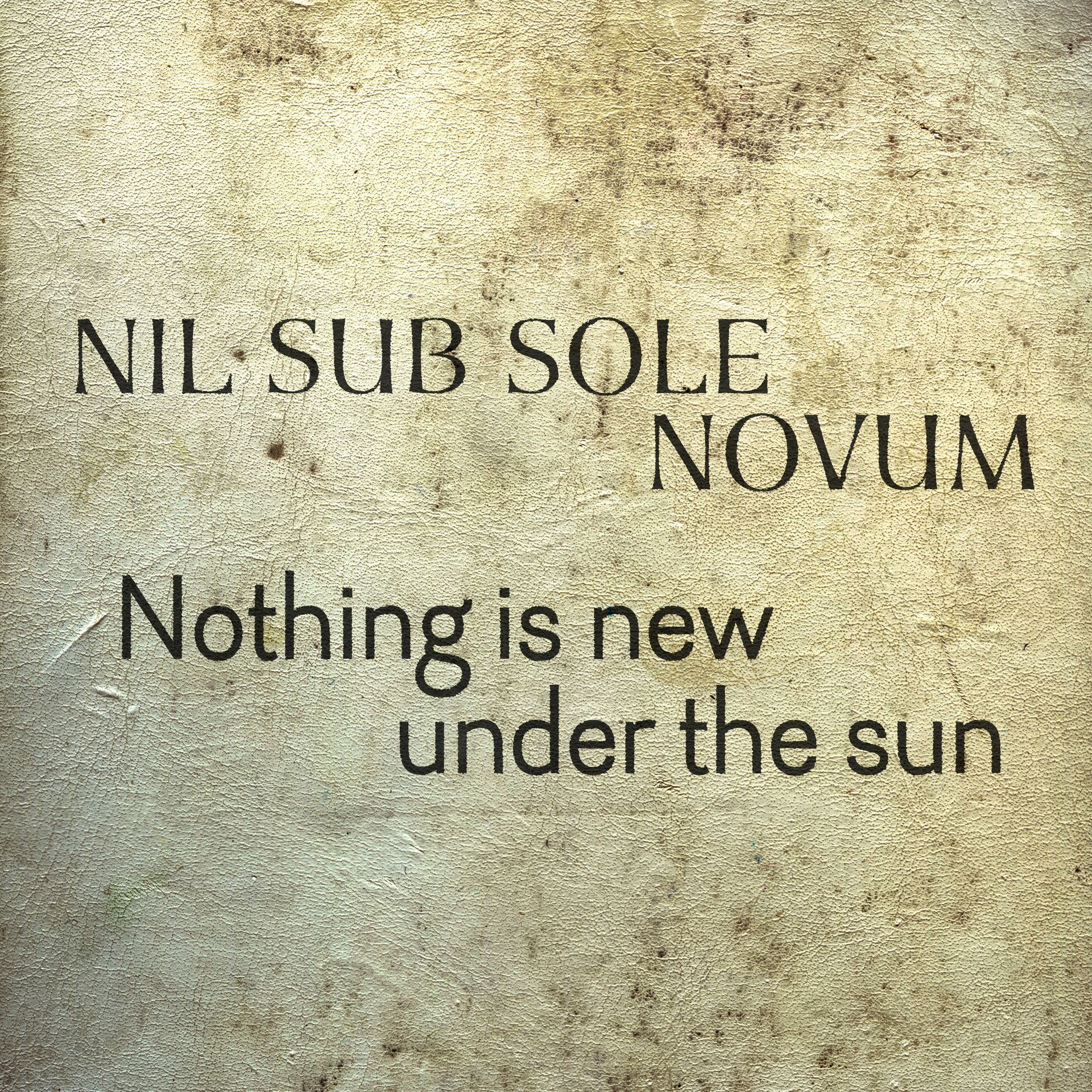With Opened Bible
All Souls' Day

“For this is the will of my Father,
that everyone who sees the Son and believes in him
may have eternal life,
and I shall raise him on the last day.”
What is the spiritual meaning of All Souls' Day? Is it a feast day or a day of remembrance? Celebrating life in Jesus Christ and the hope of eternal life are the reasons for this day. This memory of those who have believed in Jesus and are waiting to share in His glory is a way for the Church to encourage the faithful to stand firm in the fight against sin, to obtain eternal life. Saint Paul said: "The wages of sin are death" (Romans). God did not create us for death but for life. In the beginning, he shared with us the breath of life, "Ruah Adonai," which was not the case with animals. (Cf. Genesis). The purpose of life is "to be in God and with God." In the words of Jesus, "For this is the will of my Father, that everyone who sees the Son and believes in him may have eternal life, and I shall raise him up on the last day." (John 6:40)
Long before Jesus came to earth, the Old Testament provided compelling evidence of faith in the resurrection and eternity. The Maccabees were martyred for their faith, but this conviction that there is another life beyond the earth is highlighted. "It is my choice to die at the hands of mortals with the hope that God will restore me to life; but for you, there will be no resurrection to life." (2 Maccabees 7:14) Alongside their testimony, the prophet Ezekiel's vision of Israel's return from exile can also be understood in the sense of resurrection. In his vision, he saw dry bones receiving life through the divine breath. (Cf. Ezekiel 37:5 10; Daniel 12:2)
With Jesus, the notion of resurrection becomes evident. He raises the dead (Luke 7:11-17), he promises resurrection to his friends (John 5:28-29; 11:25), and he himself rises on Easter Day. (Cf. Jn 20:1 ) By celebrating All Souls' Day, we do not mourn death but rather rejoice in the promise of eternal life in Jesus Christ, resurrection, and life. The white color of our liturgical vestments is the visible sign of this victory promised to all those who persevere in faith and true holiness. It is a symbol of hope, a reminder that death is not the end, but a transition to a new and eternal life.






